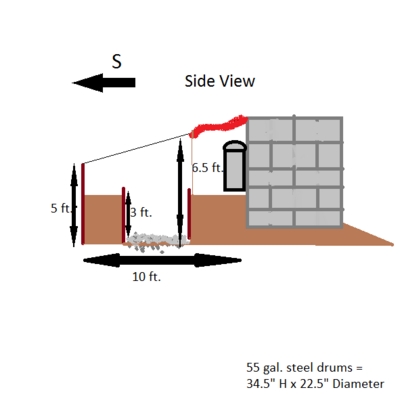
 1
1




 2
2




'Theoretically this level of creeping Orwellian dynamics should ramp up our awareness, but what happens instead is that each alert becomes less and less effective because we're incredibly stupid.' - Jerry Holkins
 1
1




 1
1




Paramount Natural Design-Build Architect, Engineering Services, GC, LLC.




Being block and concrete, it transfers the outside cold and the heat hits it and whamo, moisture.
'Theoretically this level of creeping Orwellian dynamics should ramp up our awareness, but what happens instead is that each alert becomes less and less effective because we're incredibly stupid.' - Jerry Holkins





Paramount Natural Design-Build Architect, Engineering Services, GC, LLC.




 1
1








 1
1




 1
1




Paramount Natural Design-Build Architect, Engineering Services, GC, LLC.
 1
1







